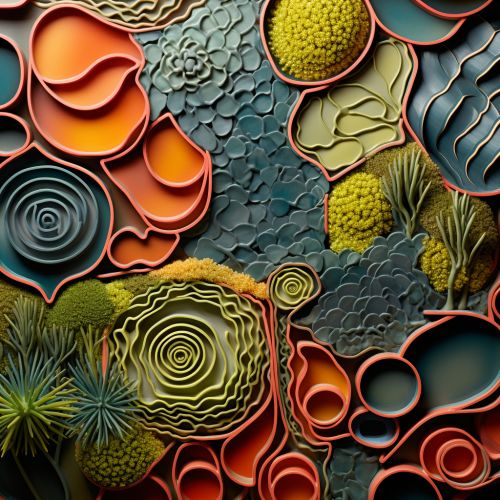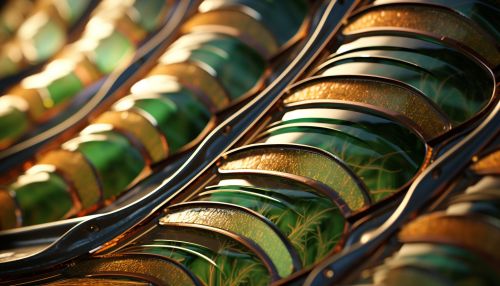Plant Cell
Introduction
The plant cell is the basic structural and functional unit of plants, a type of eukaryotic cells. Unlike animal cells, plant cells are characterized by their rigid cell walls outside of their cell membranes. These cells also contain chloroplasts, which are responsible for photosynthesis.
Structure of Plant Cells
Plant cells are typically larger than animal cells and have a number of unique organelles. These organelles carry out specific functions necessary for the cell to function properly.
Cell Wall
The cell wall is a characteristic feature of plant cells. It is a rigid layer that provides support and protection to the cell. The cell wall is primarily composed of cellulose, a complex sugar. The cell wall can be divided into two layers: the primary cell wall, which is flexible and can expand as the cell grows, and the secondary cell wall, which is more rigid and provides additional strength and protection.


Cell Membrane
Just inside the cell wall is the cell membrane, also known as the plasma membrane. The cell membrane is a thin, flexible barrier that surrounds the cell and controls the movement of substances in and out of the cell.
Cytoplasm
The cytoplasm is a jelly-like substance that fills the interior of the cell. It is where many of the cell's metabolic reactions occur. The cytoplasm contains various organelles, including the nucleus, mitochondria, and chloroplasts.
Nucleus
The nucleus is the control center of the cell. It contains the cell's DNA, which directs all cell activities. The nucleus is surrounded by a double membrane called the nuclear envelope, which has pores that allow materials to move in and out of the nucleus.
Chloroplasts
Chloroplasts are a key feature of plant cells. They are the sites of photosynthesis, the process by which plants convert light energy into chemical energy. Chloroplasts contain a green pigment called chlorophyll, which absorbs light energy.
Mitochondria
Mitochondria are the powerhouses of the cell. They are the sites of cellular respiration, a process that generates ATP, the cell's main source of energy.
Vacuole
The vacuole is a large organelle that stores water, nutrients, and waste products. In plant cells, the vacuole can occupy up to 90% of the cell's volume.
Function of Plant Cells
Plant cells perform a variety of functions that are essential for the survival and growth of the plant.
Photosynthesis
Photosynthesis is the process by which plant cells convert light energy into chemical energy. This process takes place in the chloroplasts and involves the conversion of carbon dioxide and water into glucose and oxygen.
Support and Protection
The rigid cell wall of plant cells provides support and protection. It helps maintain the shape of the cell and prevents it from bursting when the cell takes in water.
Growth
Plant cells grow by cell division, a process known as mitosis. During mitosis, the cell's DNA is replicated and the cell divides into two identical daughter cells.
Transport
Plant cells transport nutrients and waste products in and out of the cell through the cell membrane. The vacuole also plays a key role in the storage and release of these substances.
Conclusion
Plant cells are complex structures with a variety of unique organelles and functions. Understanding the structure and function of plant cells is crucial to understanding plant biology as a whole.
